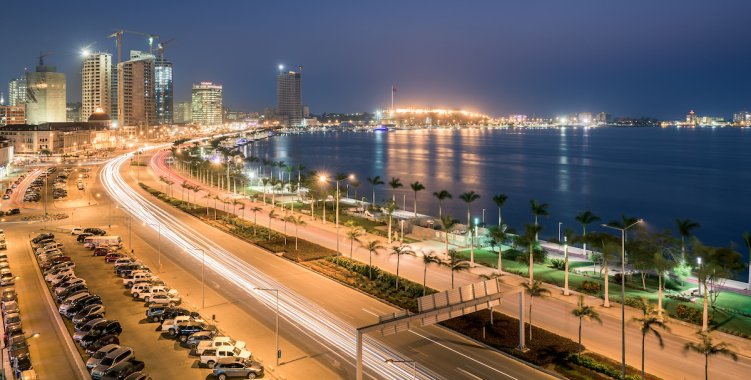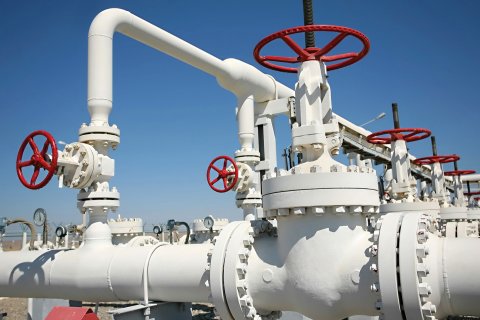"The combined effects of falling global oil prices (...) and the potential impact of 32 percent US reciprocal tariffs will reduce revenues and constrain GDP growth to three percent in 2025 and 3.6 percent in 2026," according to the AfDB, below the "baseline" considered by the AfDB, which is four percent.
Inflation is expected to "remain high at 23.4 percent in 2025, driven by food prices and currency depreciation, but could fall to 17.7 percent in 2026," the financial institution added in the chapter dedicated to Angola in the African Economic Outlook (AEO) 2025 report.
The AEO 2025 was published this Tuesday, during the AfDB's annual meetings taking place in Abidjan, Ivory Coast, whose central theme is dedicated to mobilizing the continent's resources, freeing it from external dependence.
In 2024, Angola's real GDP grew by 4.4 percent, up from 1.1 percent in 2023, "thanks to robust growth in the non-oil sector," the AfDB recalled, while inflation remained high at 28.2 percent.
According to the bank, Angola's budget deficit is expected to widen from 1.7 percent of GDP in 2025 to 2.1 percent in 2026, "reflecting increased spending to revitalize the economy and ahead of the 2027 elections."
Public debt is expected to rise to 63.9 percent of GDP in 2025, but "remains sustainable going forward and below the IMF's 70 percent threshold."
A drop in oil production and prices will weigh on exports, reducing the current account surplus to less than three percent of GDP in 2025-26.
"Unstable oil production and prices, slippages in fuel subsidy reform, global trade tensions, and climate change could derail growth, making economic diversification essential to mitigate downside risks," the AfDB recommended.







